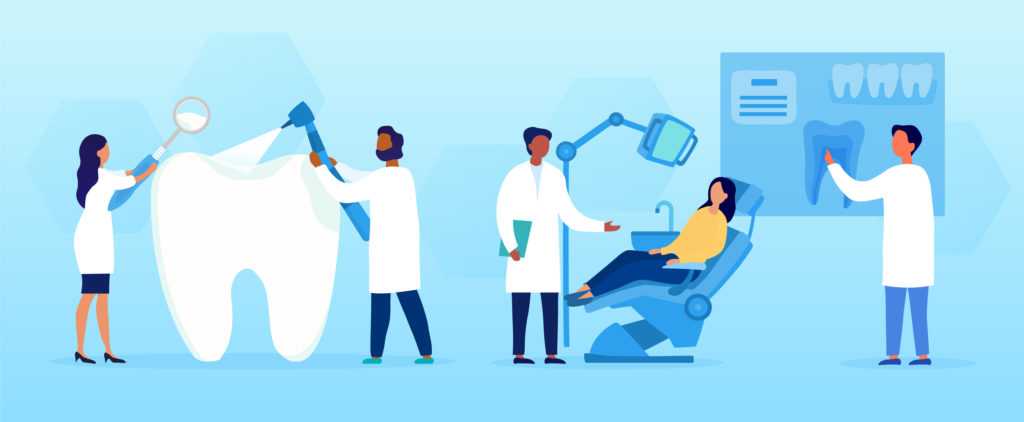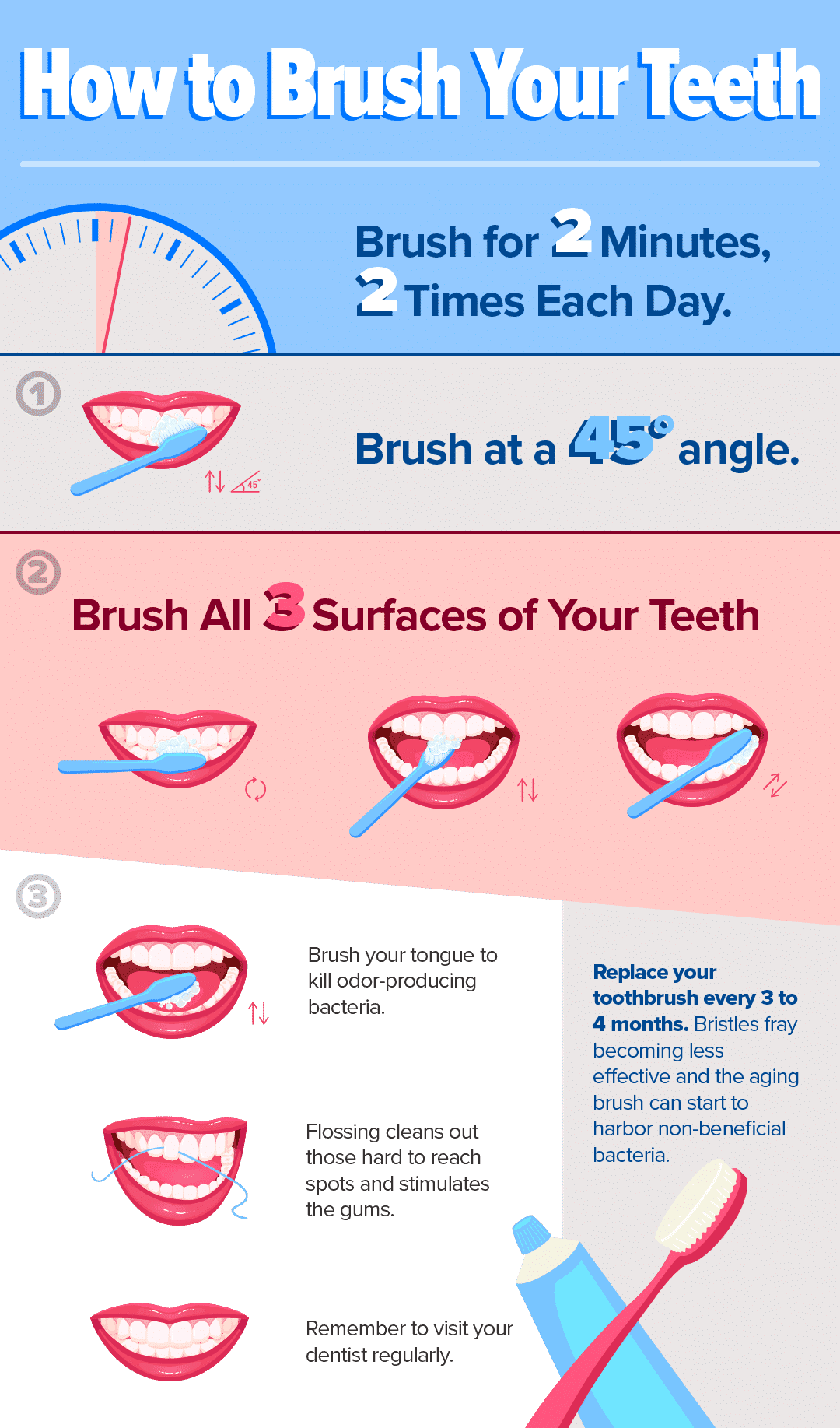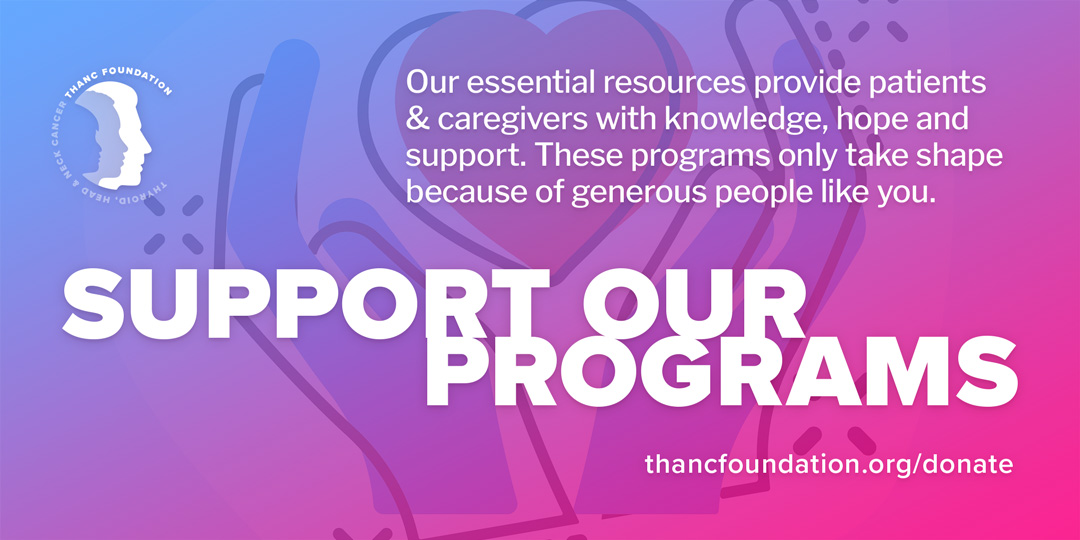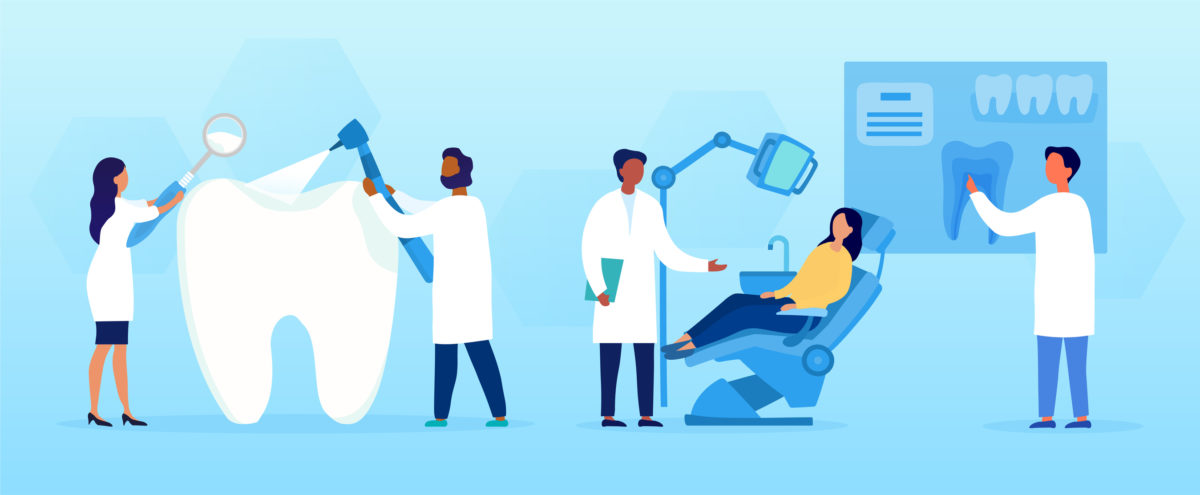
TLC for Your Mouth: Important Steps to Protect Oral Health
Your oral health reflects your overall wellness. Brush up on the techniques you can use to maintain a happy, healthy smile. Get oral hygiene tips from the pros!

It’s important to take care of your mouth. Your mouth is the gateway to the rest of your body and is also home to millions of bacteria! If you don’t pay attention to your oral hygiene, this bacteria can build up and cause problems like gum disease, bad breath, or even heart disease. Regularly cleaning your mouth will prevent oral infections and tooth decay. In this blog post, we discuss the key steps you should take to keep your mouth and body as healthy as possible.
Brushing Your Teeth
We’ve all heard it before, but brushing your teeth is truly the first and most important step in preventing tooth decay. If not regularly cleaned with daily brushings, your teeth can develop holes known as dental cavities. When severe enough, these cavities can lead to tooth loss. Additionally, brushing also helps remove excess plaque from the surface of your teeth. The buildup of plaque can be harmful, as it reacts with foods and drinks to erode your teeth.
Toothbrushes come in all shapes and sizes depending on your age, so it’s important to get one that can fit easily in your mouth while also covering the surface of your teeth. In particular, dentists recommend soft bristle toothbrushes because they are gentle on the teeth and can remove plaque without irritating the gums.
How to Brush Your Teeth
It may sound silly, but reviewing the fundamentals of teeth-brushing is the first step in managing your dental care routine. The American Dental Association recommends the following:
- Brush twice a day with a soft-bristled toothbrush and fluoride toothpaste. The size of your toothbrush should allow you to easily reach all areas of your mouth.
- Place your toothbrush at a 45-degree angle relative to your gum lines.
- Brush back and forth using short strokes that focus on each tooth.
- Brush all three surfaces of your teeth – the outer surface that shows when you smile, the inner surface facing the tongue, and the chewing surface.
- Brush for a total of 2 minutes.
Flossing
Brushing your teeth is however only one part of the picture. Flossing between your teeth is a simple, yet effective means of clearing the plaque from those hard to reach areas between your teeth. Over time, the plaque can harden into tarter, which is even more difficult to clean. Flossing regularly is your best defense against gum disease, also known as periodontal disease or periodontitis. Taking just a few minutes each day to floss your teeth will preserve your oral health for years to come!
How to Floss
There remains some debate regarding the use of floss picks versus traditional string floss. While floss picks are certainly better than not flossing, string floss can better wrap around to the shape of your teeth and thus more thoroughly clean them. With this in mind, we recommend the following steps:
- Cut off 18 inches of string floss and wind each end around the middle fingers of each hand.
- Hold the floss between your thumb and forefingers with about two inches of length.
- Insert the floss between your teeth using a gentle rubbing motion, and slowly slide it into the gum line by forming a ‘C’ shape against one tooth.
- Hold the floss tightly against the tooth and move it away from the gum in up and down motions.
- Repeat this method on the rest of your teeth, and dispose of the floss when finished.
A Happy and Healthy Smile for Years to Come
With the mouth being the primary entry point to the rest of your body, optimal dental hygiene is critical in maintaining your overall health. Brushing and flossing your teeth are simple, yet effective steps to ensure your mouth is well cared for.

Learn More About Oral Health
If you wish to learn more about some other great oral and dental hygiene habits, we invite you to read our recent post in honor of National Dental Hygiene Month!

















